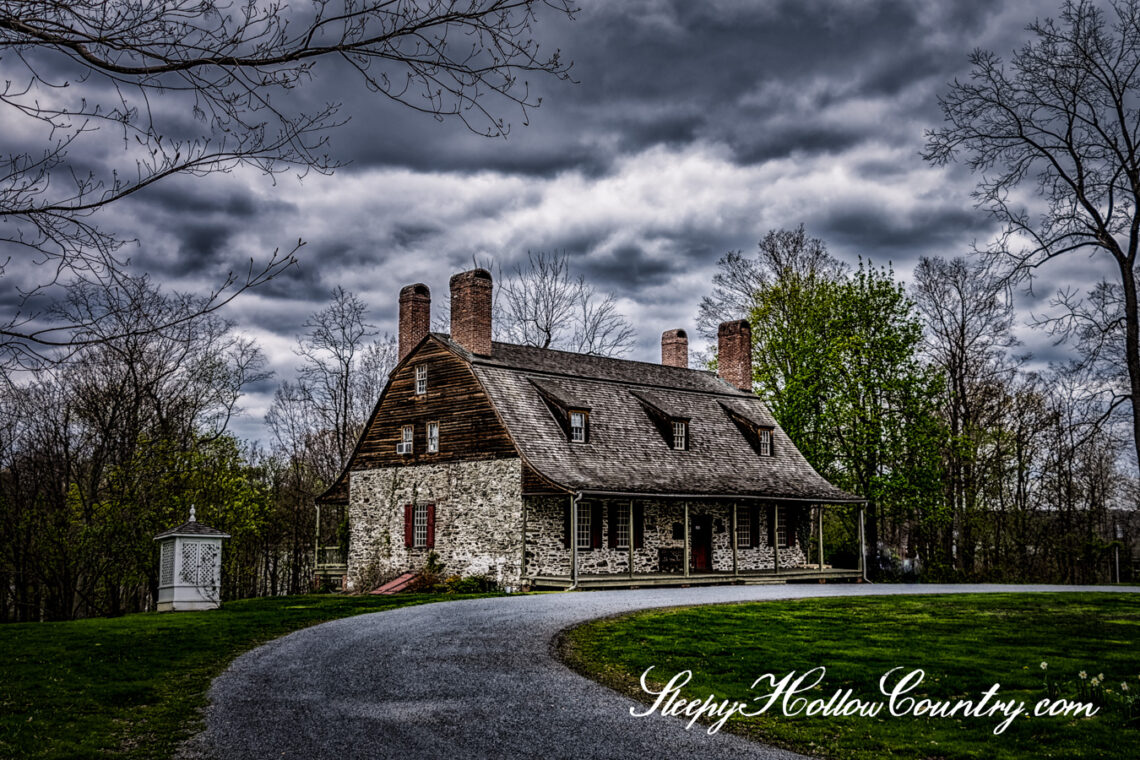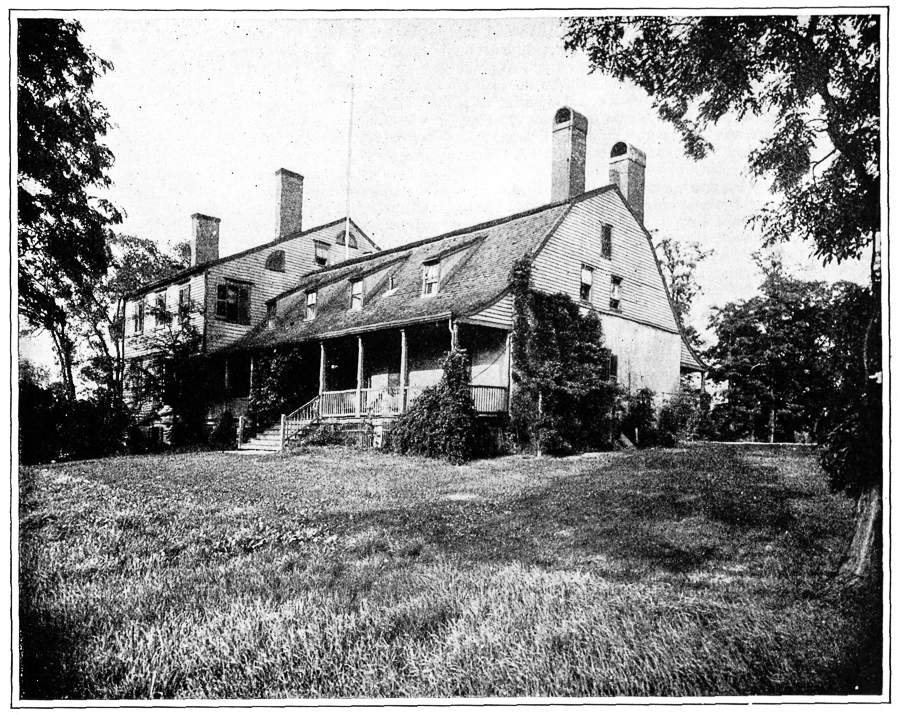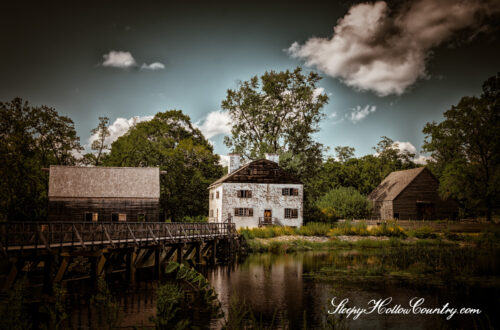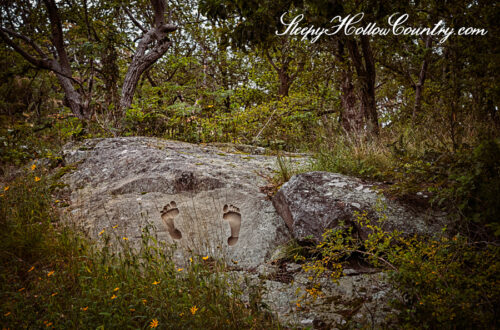
The Fiery Ghosts of Mount Gulian
Here at Sleepy Hollow Country we first learned of the fiery ghosts of Mount Gulian through a series of articles titled “Weird Westchester Tales,” published in Westchester County newspapers in 1956. Reporter E. L. MacKay opened the series with one of our favorite local legends, that of Spook Rock in Sleepy Hollow. MacKay next shared the following eerie tale from further up the Hudson Valley.
The Ghosts of Mount Gulian Unveiled
While many have claimed to see or hear ghosts, such stories are often dismissed, especially when the witness is alone. But in this case, the spectral figures were witnessed by not just one, but four people—a policeman and three firemen—simultaneously. The year was 1931, when the historic Mount Gulian house, located in Beacon, New York, was engulfed in flames.
One particular wing of the house held special significance, as it had served as the headquarters of General Friedrich Von Steuben during the Revolutionary War, from 1782 to 1783. Situated near the Fishkill Barracks and Supply Depot, and just across the Hudson River from Washington’s Headquarters in Newburgh, Mount Gulian was a strategic location.
When the fire broke out, water was scarce, and the firefighters were unable to save either the wing or the house. As the flames consumed the structure, a wall of the wing collapsed, exposing an upstairs room.

To their astonishment, the men saw two figures in the room, dressed in attire from the 1700s. One figure, a man, was hunched over a writing desk, while the other, a woman, held a candle above his head, illuminating his work. As they peered through the flickering flames, it became clear that the man was hurriedly writing an important document. The atmosphere was tense; the woman repeatedly lowered the candle to provide better light as its flame dimmed.
This was no fleeting vision. The policeman and the firemen reported watching the scene unfold for nearly half an hour, mesmerized. Then, with a sudden crash, the room was consumed by a shower of sparks and collapsing timbers. The vision vanished, and has never been seen again.
Who were these two figures? What was the man so urgently writing? The history and legends of the Verplanck family, who built the house, offer no answers. The mysterious figures were never seen before, and the question remains: were they spectral remnants of a secret room used long ago by Von Steuben? No one knows, and even the stone walls that survived the blaze have since been torn down.
Reconstruction of Mount Gulian
While the story of the ghosts of Mount Gulian ends with the fire, the story of the house does not. The original house was built between 1730 and 1740 by Gulian Verplanck, a merchant from New York City and was occupied by the Verplanck family up to the 1931 fire. The site lay in ruins for more than three decades, with only the stone foundation and brick chimneys remaining.
In the mid 1960s Bache Bleecke, a Verplanck descendant, founded the Mount Gulian Society to explore reconstruction of the house as a museum and historic site. The reconstructed house opened to the public during a dedication ceremony in June 1975.
There have been no reports of the ghosts of Mount Gulian returning to the house.
Spook Field
While the house had its ghosts, so did the land.
William E. Ver Planck, in his 1893 genealogy study The History of Abraham Isaacse Ver Planck, recounted that when Gulian Ver Planck acquired the land in 1730 to build Mount Gulian, the southeastern corner of the property bordered a meadow known as Spook Field. The name, as Ver Planck explained, stemmed from a local legend that the ghost of a murdered Hessian soldier, buried in that field during the Revolutionary War, was frequently seen wandering at dusk.
A 1914 article in House Beautiful magazine offered two versions of the Spook Field legend. The first mirrored the tale of the Hessian soldier, adding that his ghost “floats about in an unearthly fashion.” The article also introduced a second spectral figure, this time a Native American.
According to this version, in 1609, when Henry Hudson guided his ship, the Half Moon, up the river that would later bear his name, he anchored at this very spot. As native canoes circled the European vessel, one of Hudson’s suspicious crew members noticed one particular Native American who seemed to be lurking nearby in his canoe. Fearing foul play, the crew member shot and killed him. The ghost of this Native American was said to haunt the field at twilight, forever lingering where he met his untimely end.
Got a ghost story that’s dying to be shared? Drop us a line at ghost.editor@sleepyhollowcountry.com.




